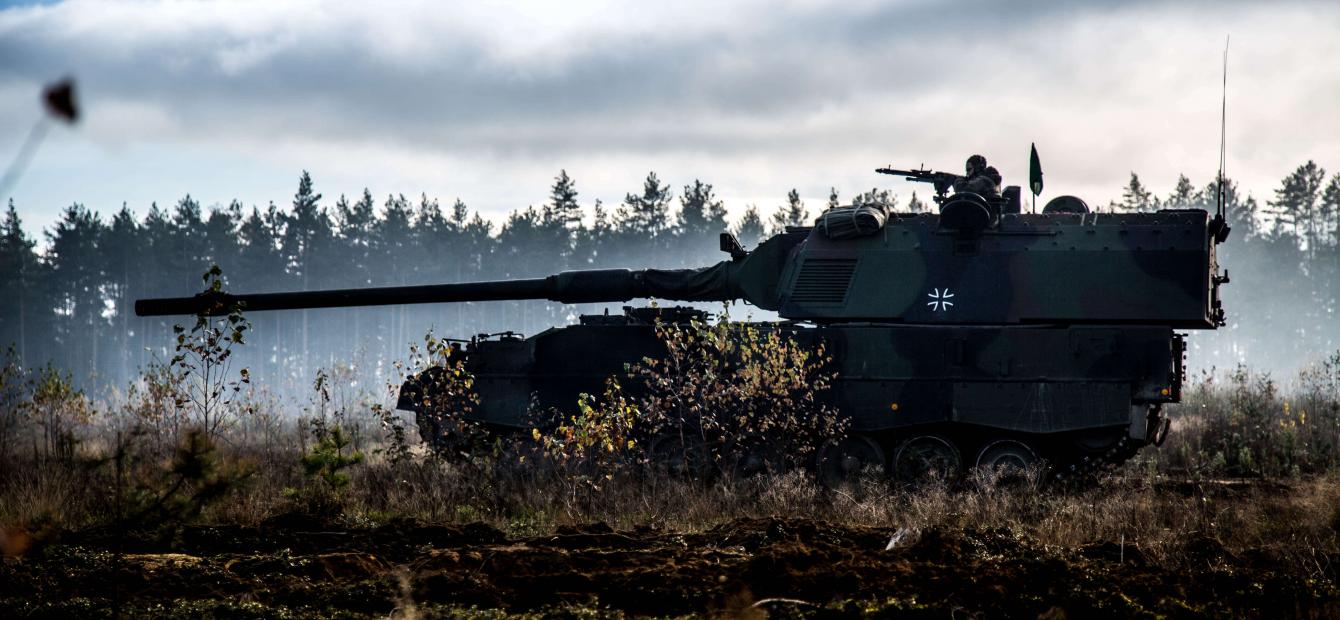
The challenge of a shared strategic culture in Europe
President Trump’s approach to withdraw military forces from crisis areas – such as recently from Syria – has given new impetus to European efforts to intervene elsewhere in the world. To strengthen European defence cooperation, two years ago the French President Emmanuel Macron launched the European Intervention Initiative (EI2).1 Not to create a new standby force, but to ultimately develop a shared strategic culture. A closer analysis of the differences between EI2 members shows the difficulty of this shared culture-building ambition.2
Macron’s initiative came as a surprise to many. Several new initiatives to strengthen European defence had already been taken after the EU Global Strategy was launched in June 2016.
France, however, was among others disappointed in the outcome of the initiative to launch Permanent Structured Cooperation (PESCO) in the EU. Instead of a core group of member states willing to realise a more ambitious European defence cooperation, PESCO became inclusive – due to the German position – with almost all EU countries on board.3
The French Ministry of the Armed Forces had already mapped European countries in terms of their capabilities, budget and actual contributions to operations, which had resulted in a more limited group of able and willing partners.4 This formed the basis of countries invited for participation in EI2.
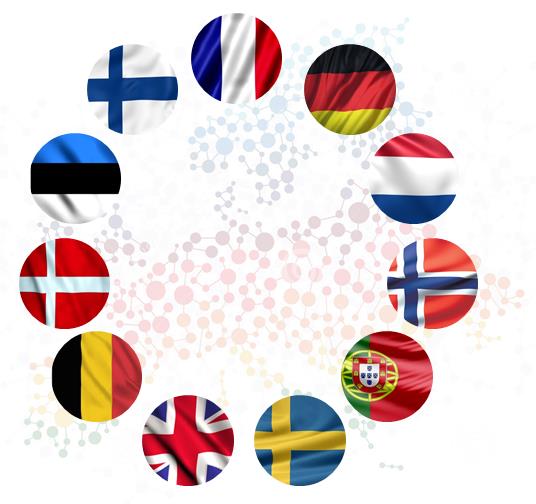
In June 2018 nine European countries signed the EI2 Letter of Intent (LoI): Belgium, Denmark, Estonia, France, Germany, the Netherlands, Portugal, Spain and the United Kingdom.5 Finland joined in November that year. At the second ministerial meeting in the Netherlands in September 2019 two additional members signed the LoI: Norway and Sweden. Italy’s request to join E12 was accepted as well at that time.6
EI2’s goal
EI2’s ultimate aim is to develop a common strategic culture. Specifically, it wants to foster better links and closer cooperation between armed forces so that, whenever necessary, European security interests can be better and faster protected.
Enhanced interaction will focus on four main fields: (1) strategic foresight and intelligence sharing; (2) scenario development and planning; (3) support to operations; and (4) lessons learned and development of a doctrine.7 Three working groups have been established in 2018 on the Caribbean (led by the Netherlands), the Baltic Sea area (led by Estonia) and the Sahel (led by France). More recently a fourth working group led by Denmark was launched that deals with legal issues such as Status of Forces Agreements.
EI2 has been launched deliberately outside of the EU context, marking the French preference for flexible and non-institutionalised formats of cooperation
The EI2 arrangement is supposed to be flexible, pragmatic and non-binding, as well as independent from any pre-existing institutional framework. EI2 can thereby assist various institutional frameworks such as the EU, NATO, the UN, and Coalitions of the Willing.8
EI2 has been launched deliberately outside the EU context, marking the French preference for flexible and non-institutionalised formats of cooperation. Its focus on direct contact between defence ministries in participating countries ensures bypassing of EU bureaucracy.9
What is ‘strategic culture’?
The E12 LoI provides no definition of what constitutes a ‘strategic culture’. In the academic literature definitions of the term essentially revolve around norms, ideas and practices that influence decision-making and ultimately the creation of a grand strategy to achieve strategic political objectives.10
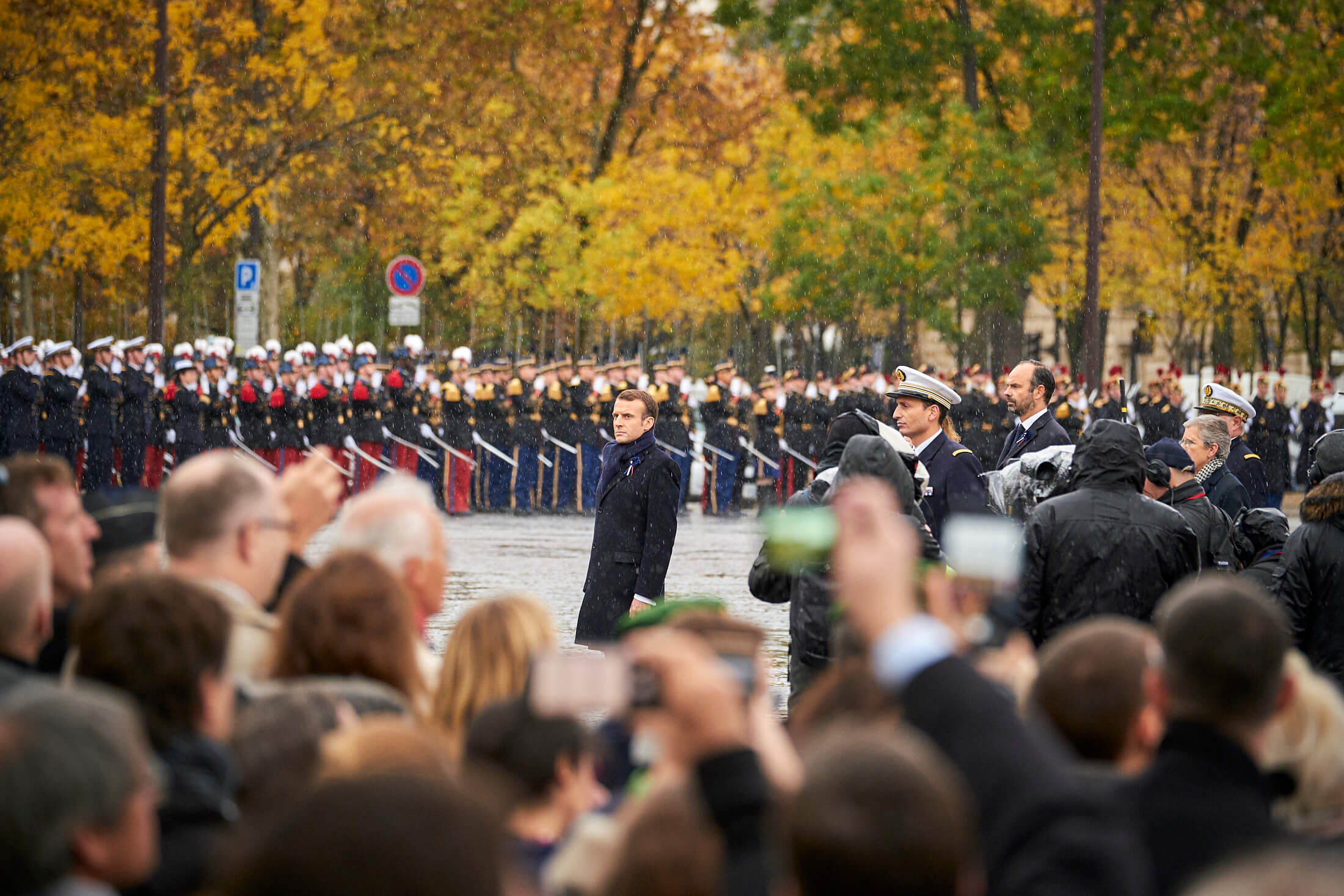
In order for a ‘European strategic culture’ to emerge, and thereby being able to set common strategic goals and to operate together, some degree of convergence of the different strategic cultures is necessary. Generally, it is assumed that culture, and thus national strategic culture, changes slowly because its main characteristics are the product of ingrained beliefs and attitudes.
Nevertheless, culture change is possible. Apart from abrupt changes caused by external shocks such as warfare, gradual change can be generated by a change in threat perceptions, which can influence public policy preferences, or long-term socialisation processes.
When different national political and military decision-makers enter an international network, such as EI2, countries can overcome differences between their national worldviews through the same socialisation processes whereby strategic convergence might occur. Such a multinational cooperation format can accelerate changes to strategic norms (on for example the willingness to use force), which might prove to be essential for the convergence of European strategic cultures.11
Strategic culture convergence and divergence
In order to assess the potential for convergence, ten EI2 countries12
have been analysed and compared according to five key elements that make up their strategic cultures: (1) the aims for which states want to use force; (2) threat perceptions; (3) the decision-making model; (4) how coercive means are used; (5) historical experiences and practices.13
Aims of the use of force (1) and the use of coercive means (4)14
Territorial defence (including collective defence for NATO member states) is considered by all EI2 countries as a key task for their armed forces. However, views diverge most regarding the deployment of armed forces in crisis management operations.
On the one hand, France and the UK have an expeditionary attitude and are willing to use force when deemed necessary. On the other hand, the UK and other EI2 countries underline the comprehensive approach needed for long-term solutions.
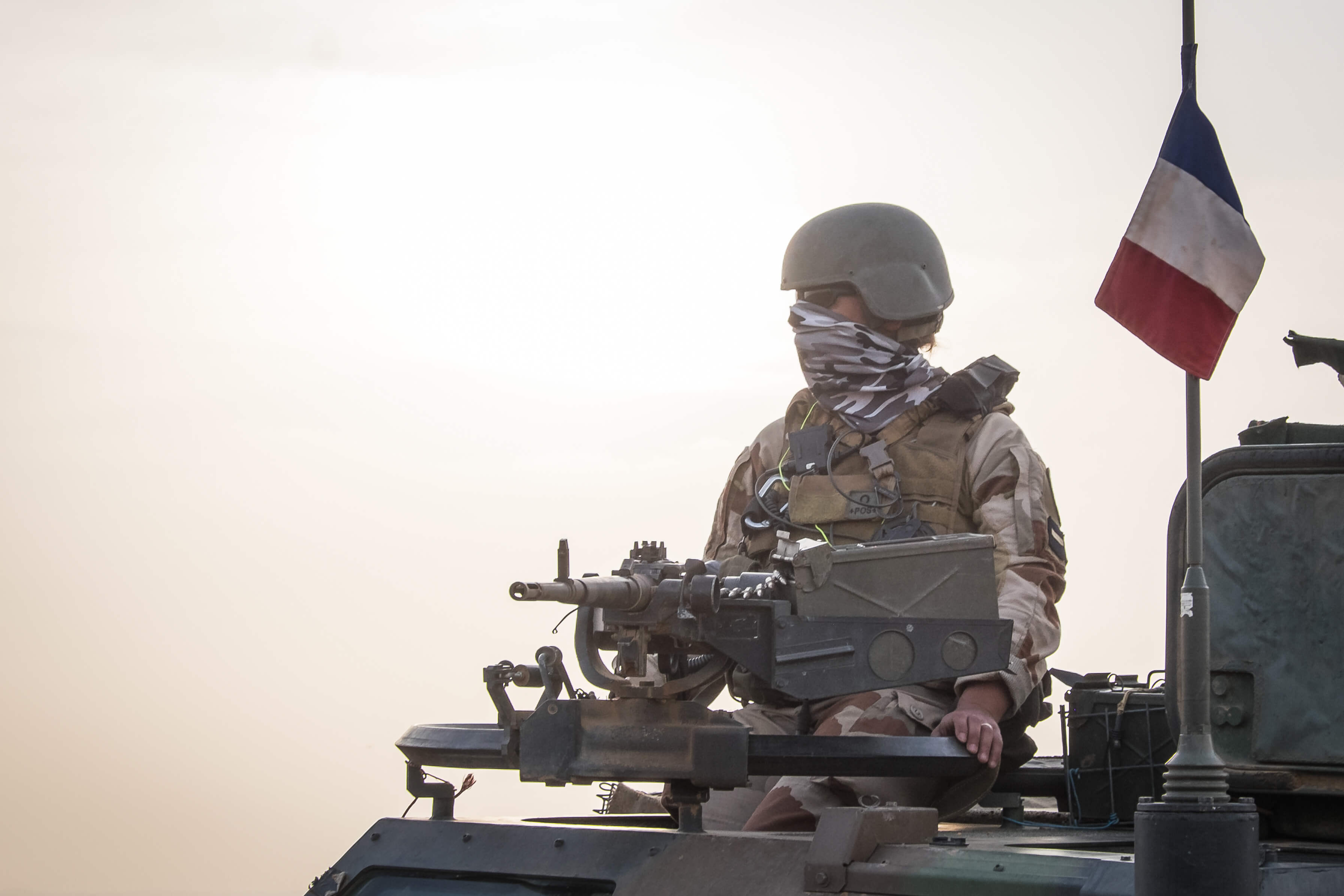
Belgium, Denmark, Estonia and the Netherlands– with varying degrees and conditions – can be grouped together with France and the UK in terms of their willingness to deploy forces in military crisis management operations, including at the high-end of the spectrum of use of force.
Portugal, Spain and Finland rarely participate in high-end operations and Germany is reluctant to deploy forces in such cases. If Berlin decides to do so – as in the case of the anti-ISIS air campaign – it contributes with non-combat assets.
All EI2 countries participate in crisis management operations on the basis of international law. However, it differs per country which specific requirement is emphasised in legal documents or is adhered to in practice. Germany, for example, not only employs the strict prerequisite of a UN mandate, but also requires a multilateral action framework and a mandate from the German Federal Parliament.
The other countries generally can participate in crisis management operations based on either a UN mandate, an invitation from the state on whose territory their armed forces are to be deployed, or collective self-defence. Belgium, Denmark, Finland, Portugal and the UK can also participate in the case of self-defence or on humanitarian grounds.
Lastly, even though France seeks legitimisation for its operations, it can deploy its armed forces when the President perceives this to be necessary – as its recent Operations Serval and Barkhane in Mali have demonstrated.
Threat perceptions (2)
Predictably, EI2 countries in the eastern part of Europe (Estonia and Finland) focus on Russia as the main threat to their security. Countries bordering the Mediterranean (France and Spain) or close to Africa (Portugal) place more emphasis on the threats and challenges emanating from the instability and conflicts to the South of Europe.
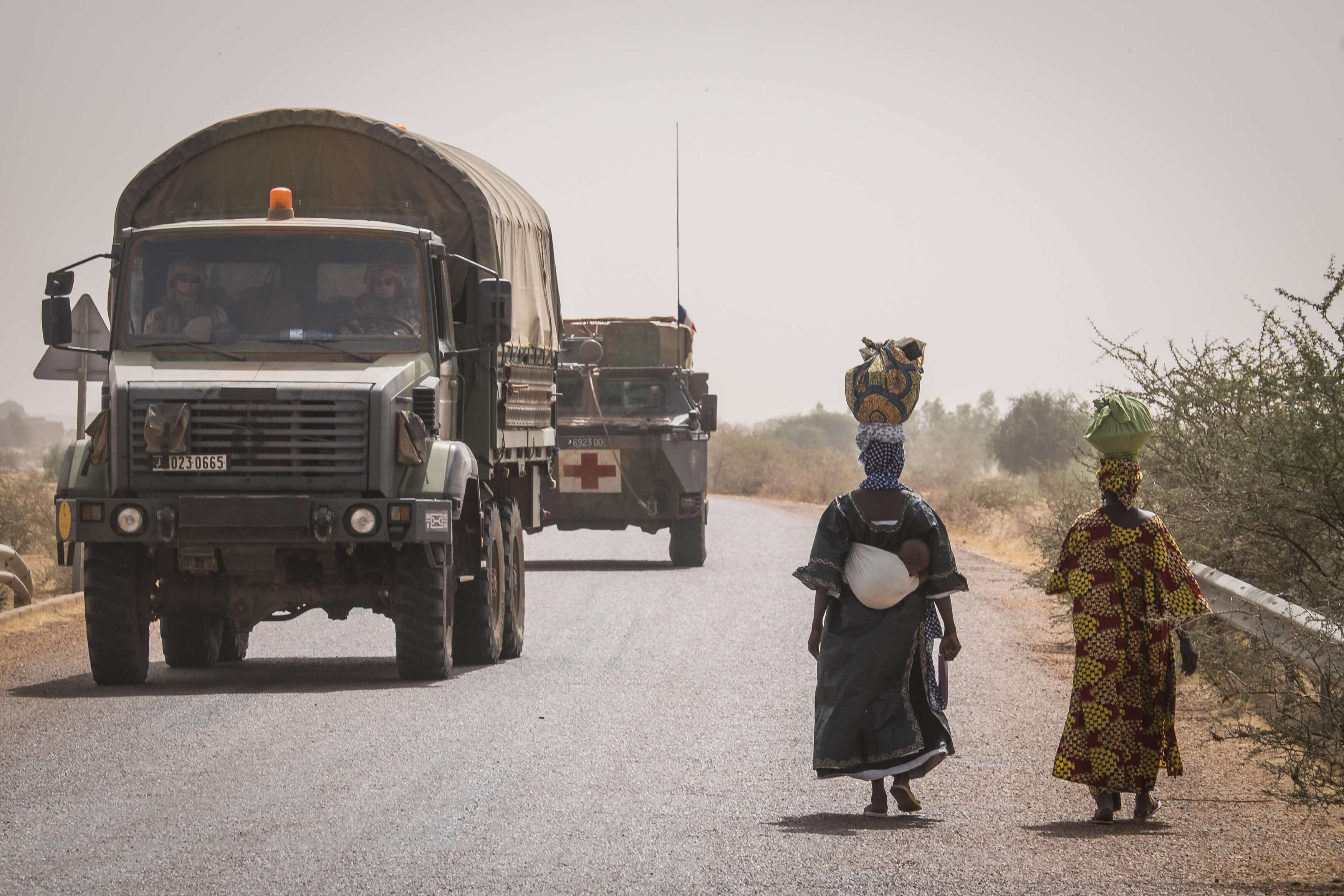
A third group consists of the remaining EI2 countries (Belgium, Denmark, Germany, the Netherlands and the UK) These countries all underline a wide range of security threats in geographic terms (East/South) and/or stress the variety of the challenges (from classical military threats to new threats, such as posed by terrorism and in the cyber realm).15
In Denmark, Germany, the Netherlands and the UK the focus on the threat from the East is becoming increasingly dominant
It should be noted that in Denmark, Germany, the Netherlands and the UK the focus on the threat from the East is becoming increasingly dominant. Belgium, due to its historical links with several African countries, remains mainly oriented on Africa.
Decision-making model (3)
In France and the UK, the governments – with the central role of respectively the president and the prime minister – can take decisions on the deployment of armed forces in crisis management operations without the consent of parliament.
Belgium, Finland and Portugal can be considered to belong to the same group. In varying degrees parliamentary support or approval for the crisis management deployment of their armed forces is required (or deemed to be highly desirable) in the other EI2 countries.
Denmark, Germany and Spain have the most far-reaching model, where parliamentary approval is required for overseas crisis management deployment. In the Danish, Dutch, Estonian and Spanish situation a rapid decision-making procedure is available.
Historical practices (5)
EI2 countries with a strong overseas tradition (France, the Netherlands, Portugal and the UK), but also Denmark by its ‘activism’, consider crisis management operations to be a key task for their armed forces. Logically, Spain would also belong to this group. However, the country’s history of isolation and internal orientation still has an impact on its approach to crisis management, as it mainly focuses on capacity-building missions.
Belgium plays its role in crisis management, including participation in air campaigns, but copes with a lack of interest, support and understanding for military engagement within its society. Estonia’s willingness to contribute to crisis management has a specific national interest, namely to embed the country in international coalitions in order to generate support for ensuring Estonia’s national security.16
The Second World War legacy is still a major factor of influence on Germany’s strategic culture
Finland’s historic experience and geographical location, sharing a long border with Russia, determine to a large extent the country’s security and defence strategy and strategic culture. In the German case, the Second World War legacy is still a major factor of influence on the country’s strategic culture, leading to a reluctant attitude regarding the use of force – except for territorial defence.
Based on this analysis the EI2 countries can be placed on a scale of their willingness to contribute to crisis management operations from the low-end to the high-end of the spectrum (see Figure 1).17 Note that willingness does not automatically lead to relevant decision-making. It will always depend on circumstances and the prevailing political situation.
Figure 1 – The willingness of EI2 countries to participate in crisis management operations from low to high in the spectrum of use of force

No homogeneous strategic cultures
Although France has invited its partners for the EI2 initiative based on an assessment of their capabilities and their actual contributions to operations, it is clear that the ten participating countries do not constitute a homogeneous group of strategic cultures.
There are divergences in the following elements: the willingness to participate in operations and the preparedness to use force, threat perceptions (the East/South divide) and decision-making models.
Historical practices explain the divergence among the ten EI2 countries to a large extent. Former colonial countries, for example, have a tradition and long-lasting experience of overseas deployment of their armed forces, which might explain the willingness to contribute to crisis management operations in some cases.
Decision-making models are, naturally, also a product of a country’s past. The strong role of the German Bundestag is deeply embedded in German political culture due to the Second World War.
Developing a shared strategic culture is not primarily and only a military affair
However, it should also be noted that a pronounced role of parliament in decision-making on participation in crisis management operations is not a given in countries with a long-standing parliamentary tradition. For example, the House of Commons in the UK has a very limited influence on such decisions.
Table 1 - Strategic culture convergence and divergence
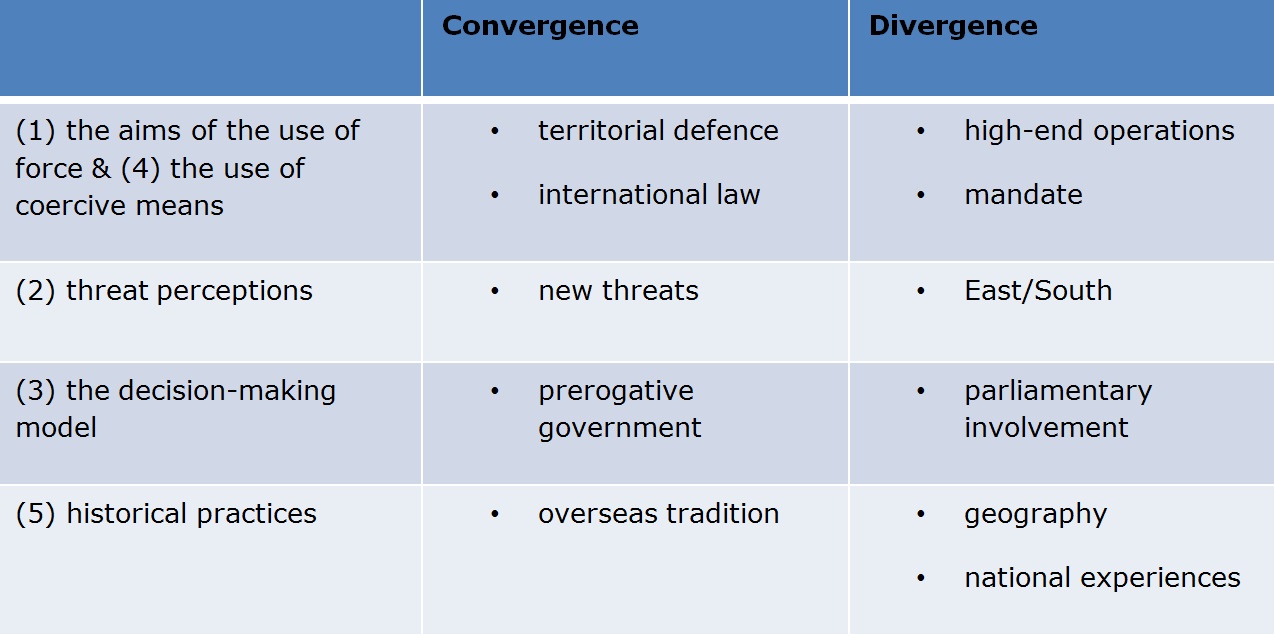
It becomes clear that developing a shared strategic culture is not primarily and only a military affair. Strategic culture reflects broader historical, societal and cultural characteristics of a country. Therefore, the EI2’s focus on direct contact between defence ministries will only have a limited effect.
It might certainly lead to a better common understanding of crises and conflicts, better preparations and readiness by aligning military doctrine and increasing interoperability between the armed forces, and to shortening decision-making cycles. However, converging strategic culture will require a wider effort, which goes beyond the Ministries of Defence and the armed forces.
Involving multiple (civil) actors might seem to complicate the EI2 efforts, but it will be required if European countries aim to converge their strategic cultures to deal more effectively with crises in their neighbourhood. Only by participating in the EI2 for the long haul will its socialisation processes be able to create new shared strategic norms.
- 1President Macron’s Initiative for Europe: A sovereign, united, democratic Europe.
- 2This article is a summarised and updated version of: Dick Zandee, Kimberley Kruijver, The European Intervention Initiative – Developing a shared strategic culture for European defence, Clingendael Report, September 2019.
- 3Only Denmark (having an EU defence opt-out), Malta (having no armed forces) and the United Kingdom (leaving the EU) did not join PESCO.
- 4Alice Billon-Galland, A Military Workshop, Berlin Policy Journal, November-December 2018.
- 5Letter of Intent between the Defence Ministers of Belgium, Denmark, Estonia, France, Germany, the Netherlands, Portugal, Spain and the United Kingdom concerning the development of the European Intervention Initiative (EI2), signed 25 June 2018.
- 6Noorwegen en Zweden sluiten zich aan bij Europees interventie-initiatief, Nieuwsbericht – Ministerie van Defensie, 20-9-2019 (Norway and Sweden join the European Intervention Initiative, Press Release of the Ministry of Defence of the Netherlands, 20-9-2019).
- 7Letter of Intent between the Defence Ministers of Belgium, Denmark, Estonia, France, Germany, the Netherlands, Portugal, Spain and the United Kingdom concerning the development of the European Intervention Initiative (EI2), signed 25 June 2018.
- 8Letter of Intent between the Defence Ministers of Belgium, Denmark, Estonia, France, Germany, the Netherlands, Portugal, Spain and the United Kingdom concerning the development of the European Intervention Initiative (EI2), signed 25 June 2018.
- 9Alice Billon-Galland, A Military Workshop, Berlin Policy Journal, November-December 2018.
- 10A. Biava, M. Drent & G.P. Herd, ‘Characterizing the European Union’s Strategic Culture: An Analytical Framework’, in: Journal of Common Market Studies, 49(6), 2011, p. 1227.
- 11Meyer, C.O., The Quest for a European Strategic Culture: Changing Norms on Security and Defence in the European Union, New York: Palgrave Macmillan, 2006.
- 12The analysis was carried out before Norway and Sweden joined EI2.
- 13The choice of these five key elements and the following analysis are the result of an elaborate study which can be found in the original Report.
- 14The two elements have here been put together in the analysis as they are closely interrelated.
- 15Other countries recognise the threats of terrorism and cyber-attacks as well, but connect these more strongly to their primary regional focus.
- 16The Estonian decision to contribute a small infantry contingent to the counter-terrorist Operation Barkhane has been mirrored by the French deployment of troops to this Baltic State in the context of NATO’s enhanced Forward Presence.
- 17The EI2 countries’ record in the deployment of their armed forces in crisis management operations has been taken into account as well. A summary on these ‘deployment records’ as well as tables which provide detailed overviews can be found in the original Report.






0 Reacties
Reactie toevoegen